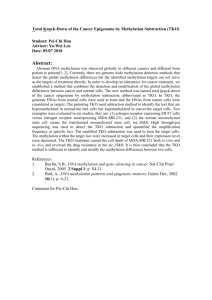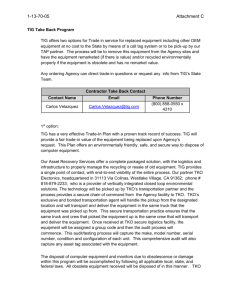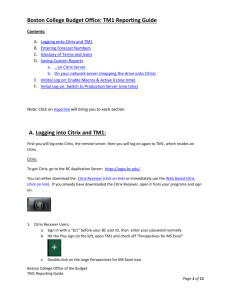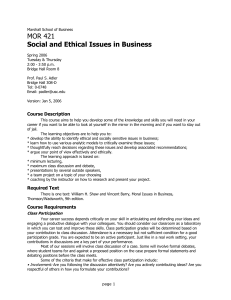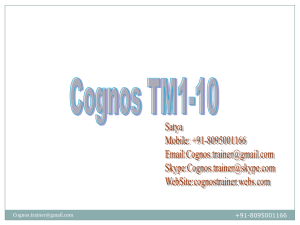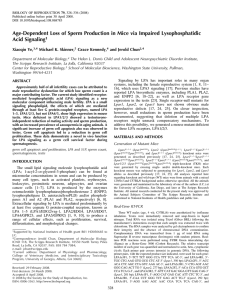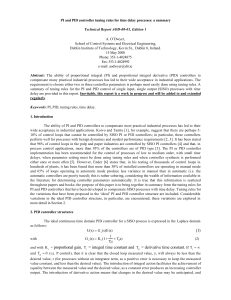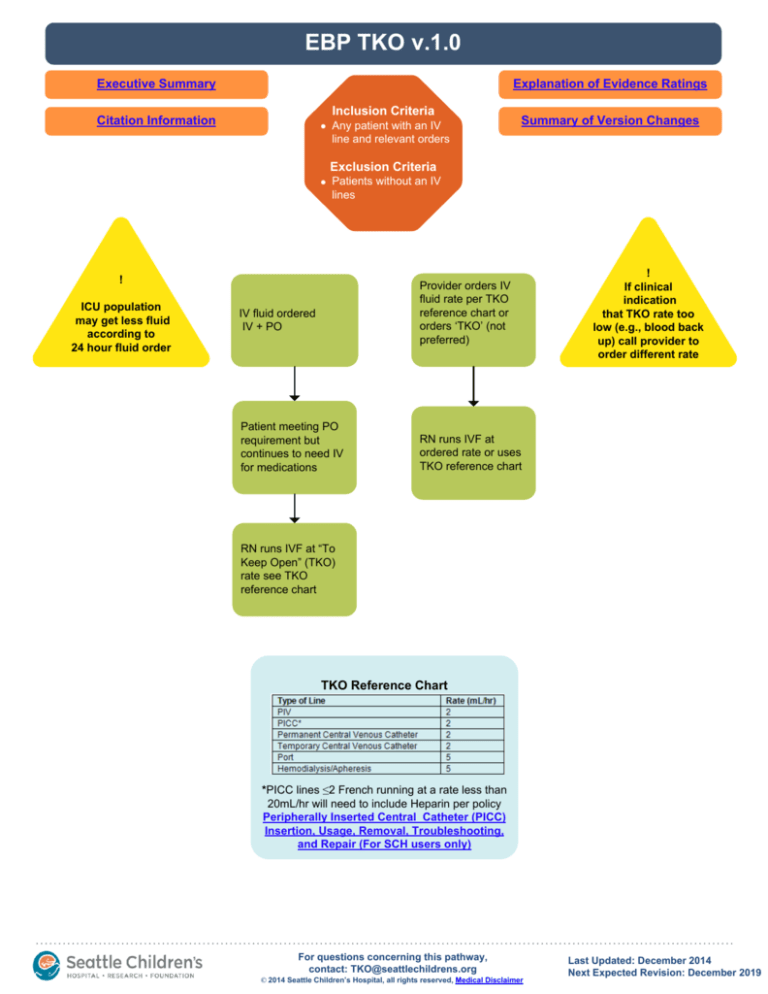
EBP TKO v.1.0
Executive Summary
Explanation of Evidence Ratings
Inclusion Criteria
Citation Information
Any patient with an IV
line and relevant orders
Summary of Version Changes
Exclusion Criteria
Patients without an IV
lines
!
ICU population
may get less fluid
according to
24 hour fluid order
Provider orders IV
fluid rate per TKO
reference chart or
orders ‘TKO’ (not
preferred)
IV fluid ordered
IV + PO
Patient meeting PO
requirement but
continues to need IV
for medications
!
If clinical
indication
that TKO rate too
low (e.g., blood back
up) call provider to
order different rate
RN runs IVF at
ordered rate or uses
TKO reference chart
RN runs IVF at “To
Keep Open” (TKO)
rate see TKO
reference chart
TKO Reference Chart
*PICC lines ≤2 French running at a rate less than
20mL/hr will need to include Heparin per policy
Peripherally Inserted Central Catheter (PICC)
Insertion, Usage, Removal, Troubleshooting,
and Repair (For SCH users only)
For questions concerning this pathway,
contact: TKO@seattlechildrens.org
© 2014 Seattle Children’s Hospital, all rights reserved, Medical Disclaimer
Last Updated: December 2014
Next Expected Revision: December 2019
Executive Summary
Return to Home
Return to Home
Executive Summary pg 2
Executive Summary
Return to Home
TKO Citation
Title: TKO
Authors:
Seattle Children’s Hospital
Stephanie Pommer
Kate Drummond
Mike Leu
Jean Popalisky
Date: December 3, 2014
Retrieval Website: http://www.seattlechildrens.org/pdf/tko-pathway.pdf
Example:
Seattle Children’s Hospital, Pommer S, Drummond K, Leu MG, and Popalisky J. 2014
December. TKO Pathway. Available from: http://www.seattlechildrens.org/pdf/tko-pathway.pdf
Return to Home
Evidence Ratings
This pathway was developed through local consensus based on published evidence and expert
opinion as part of Clinical Standard Work at Seattle Children’s. Pathway teams include
representatives from Medical, Subspecialty, and/or Surgical Services, Nursing, Pharmacy, Clinical
Effectiveness, and other services as appropriate.
When possible, we used the GRADE method of rating evidence quality. Evidence is first assessed
as to whether it is from randomized trial or cohort studies. The rating is then adjusted in the
following manner (from: Guyatt G et al. J Clin Epidemiol. 2011;4:383-94.):
Quality ratings are downgraded if studies:
Have serious limitations
Have inconsistent results
If evidence does not directly address clinical questions
If estimates are imprecise OR
If it is felt that there is substantial publication bias
Quality ratings are upgraded if it is felt that:
The effect size is large
If studies are designed in a way that confounding would likely underreport the magnitude
of the effect OR
If a dose-response gradient is evident
Guideline – Recommendation is from a published guideline that used methodology deemed
acceptable by the team.
Expert Opinion – Our expert opinion is based on available evidence that does not meet GRADE
criteria (for example, case-control studies).
To Bibliography
Return to Home
Summary of Version Changes
Version 1.0 (12/03/2014): Go live
Return to Home
Medical Disclaimer
Medicine is an ever-changing science. As new research and clinical experience broaden our
knowledge, changes in treatment and drug therapy are required.
The authors have checked with sources believed to be reliable in their efforts to provide information
that is complete and generally in accord with the standards accepted at the time of publication.
However, in view of the possibility of human error or changes in medical sciences, neither the
authors nor Seattle Children’s Healthcare System nor any other party who has been involved in the
preparation or publication of this work warrants that the information contained herein is in every
respect accurate or complete, and they are not responsible for any errors or omissions or for the
results obtained from the use of such information.
Readers should confirm the information contained herein with other sources and are encouraged to
consult with their health care provider before making any health care decision.
Return to Home
Bibliography
Search Methods, TKO, Clinical Standard Work
Studies were identified by searching electronic databases using search strategies developed and
executed by a medical librarian, Susan Klawansky. Searches were performed in December 2013 in
the following databases – on the Ovid platform: Medline, Cochrane Database of Systematic
Reviews and Cochrane Central Register of Controlled Trials; elsewhere: EMBASE, CINAHL,
National Guideline Clearinghouse and TRIP. Retrieval was limited to 2004 to current and English
language, with animal studies excluded. No subject headings in either Medline or EMBASE exist
for TKO, so more general headings such as Infusions, Intravenous and Vascular Patency were
used, along with textword variations of TKO, such “keep vein(s) open” and kvo and “to keep open”.
All retrieval was further limited to certain evidence categories, such as relevant publication types,
index terms for study types, Clinical Queries and other similar limits.
Susan Klawansky, MLS, AHIP
April 7, 2014
Identification
139 records identified
through database searching
1 additional records identified
through other sources
Screening
140 records after duplicates removed
140 records screened
124 records excluded
Eligibility
16 records assessed for eligibility
14 full-text articles excluded,
14 did not answer clinical question
Included
2 studies included in pathway
Flow diagram adapted from Moher D et al. BMJ 2009;339:bmj.b2535
To Bibliography, Pg 2
Return to Home
Bibliography
Flint,Anndrea;McIntosh,Diana;Davies,Mark W., Continuous infusion versus intermittent flushing to
prevent loss of function of peripheral intravenous catheters used for drug administration in newborn
infants. Cochrane Database of Systematic Reviews 2009
Sharpe, E., Pettit, J., Ellsbury, D.L. (2013). A National Survey of Neonatal Peripherally inserted central
catheter (PICC) practices. Advances in Neonatal Care, 13(1), 55-74.



